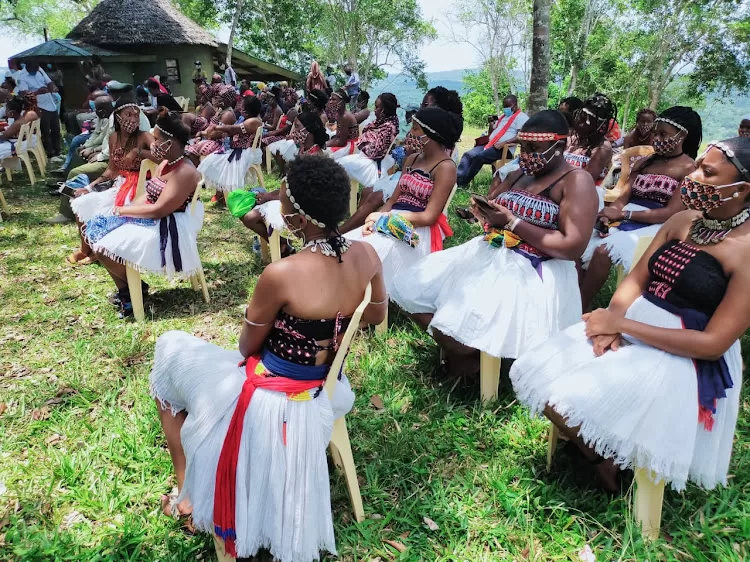Introduction:
Nestled along the picturesque coast of Kenya, Kwale is not only a haven of natural beauty but also a melting pot of diverse cultures that have harmoniously coexisted for generations. In this blog, we embark on a cultural journey through Kwale, unraveling the threads of its rich tapestry. From traditional practices to vibrant festivals, let’s explore how the people of Kwale weave a tapestry of diversity that adds to the unique charm of coastal Kenya.
- Kwale’s Mijikenda Heritage:
Begin the journey by delving into the Mijikenda people’s heritage, the predominant ethnic group in Kwale. Explore their traditional homesteads, adorned with intricate carvings and surrounded by lush vegetation. Gain insights into their customs, beliefs, and the significance of age-old practices that have been passed down through generations.
- Harmony in Diversity:
Kwale is home to various ethnic communities, including the Digo, Duruma, and Chonyi, each contributing to the region’s cultural mosaic. Discover the beautiful interplay of languages, customs, and rituals that showcase the harmonious coexistence of these communities, fostering a sense of unity and mutual respect.
- Kaya Kinondo: A UNESCO World Heritage Site:
Uncover the sacred significance of Kaya Kinondo, a forested sanctuary revered by the Mijikenda. Designated as a UNESCO World Heritage Site, Kaya Kinondo offers a glimpse into the spiritual practices of the community, including ceremonies, rituals, and the preservation of ancestral spirits.
- Festivals that Illuminate Kwale’s Spirit:
Immerse yourself in the vibrant festivals that punctuate Kwale’s calendar, celebrating cultural identity and fostering community bonds. From the vibrant Jumba la Mtwana Festival to the traditional Digo circumcision ceremonies, these events provide a unique opportunity to witness the community’s vivacity and artistic expression.
- Swahili Influences:
Kwale’s cultural landscape is also enriched by Swahili influences, reflecting the historical interactions between coastal communities and traders. Explore the Swahili architecture, language, and cuisine that have left an indelible mark on Kwale, adding layers to its diverse cultural fabric.
Conclusion:
As we conclude our exploration of the cultural tapestry of Kwale, it becomes evident that this coastal region is not just a destination for sun and sand but a living testament to the beauty of diversity. The traditional practices, festivals, and cultural coexistence showcased in Kwale offer a profound insight into the region’s soul. It is an invitation to travelers to go beyond the surface, embrace the richness of Kwale’s cultural heritage, and become part of a story that celebrates unity in diversity along the enchanting shores of coastal Kenya.







